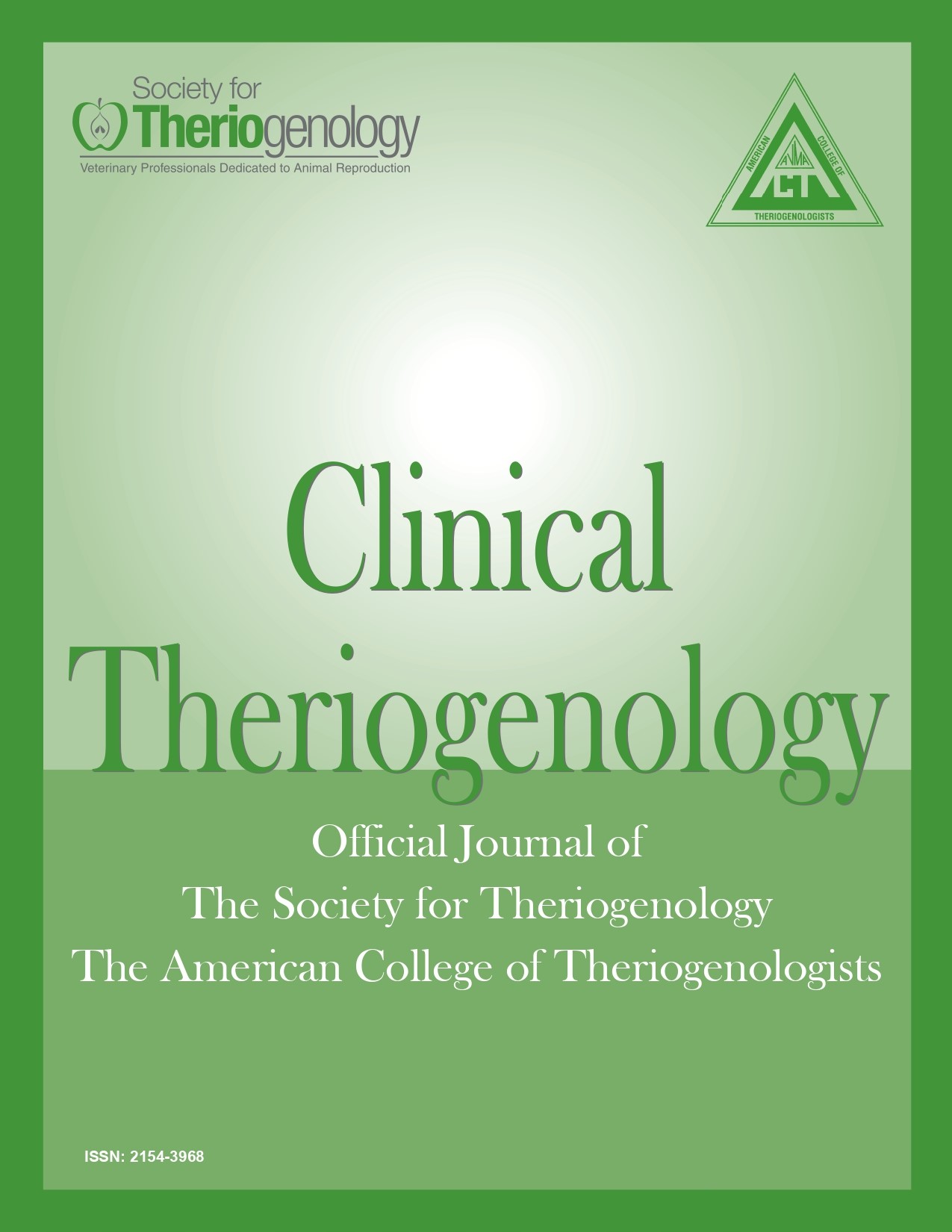Attaining reproductive solutions through activity monitoring
Abstract
Today’s activity monitoring systems do much more than just identify cow/heifer for insemination. The addition of rumination monitoring allows the identification of health events along with reproductive events. Performance of automated activity monitoring (AAM) systems in combination with timed artificial insemination (TAI) compared to TAI exclusively has been widely researched and adopted. Detecting a high percentage of cows in estrus is essential to maintain reproductive performance in dairy herds using AI. The Dairy Records Management Systems reported a mean yearly estrus detection rate on 8,749 US Holstein herds (including all reproductive management strategies) as 46.5% in January of 2018.1 Automated activity monitoring technologies are an available alternative to supplement or replace visual estrus detection. Parameters with potential for AAM include mounting events, activity level, lying time, rumination and eating times, feeding events, progesterone levels, body temperature, and more. The automatic measurement of chewing and ruminating activity can enable the early detection of feeding deficiencies and assist in ration adjustments. Feeding and ruminating behaviors have traditionally been monitored through visual observation or video recording methods, but these methods are time consuming and only practically used in research settings. Commercially marketed technologies recording feeding behavior, rumination, and lying behavior performed well when compared with visual observation. Rumination behavior was most variable from visual observation. Similar performance to visual observations and other validated technologies indicates dairy cattle behavioral monitors to provide accurate information for use in dairy cow management.
Downloads

This work is licensed under a Creative Commons Attribution-NonCommercial 4.0 International License.
Authors retain copyright of their work, with first publication rights granted to Clinical Theriogenology. Read more about copyright and licensing here.





